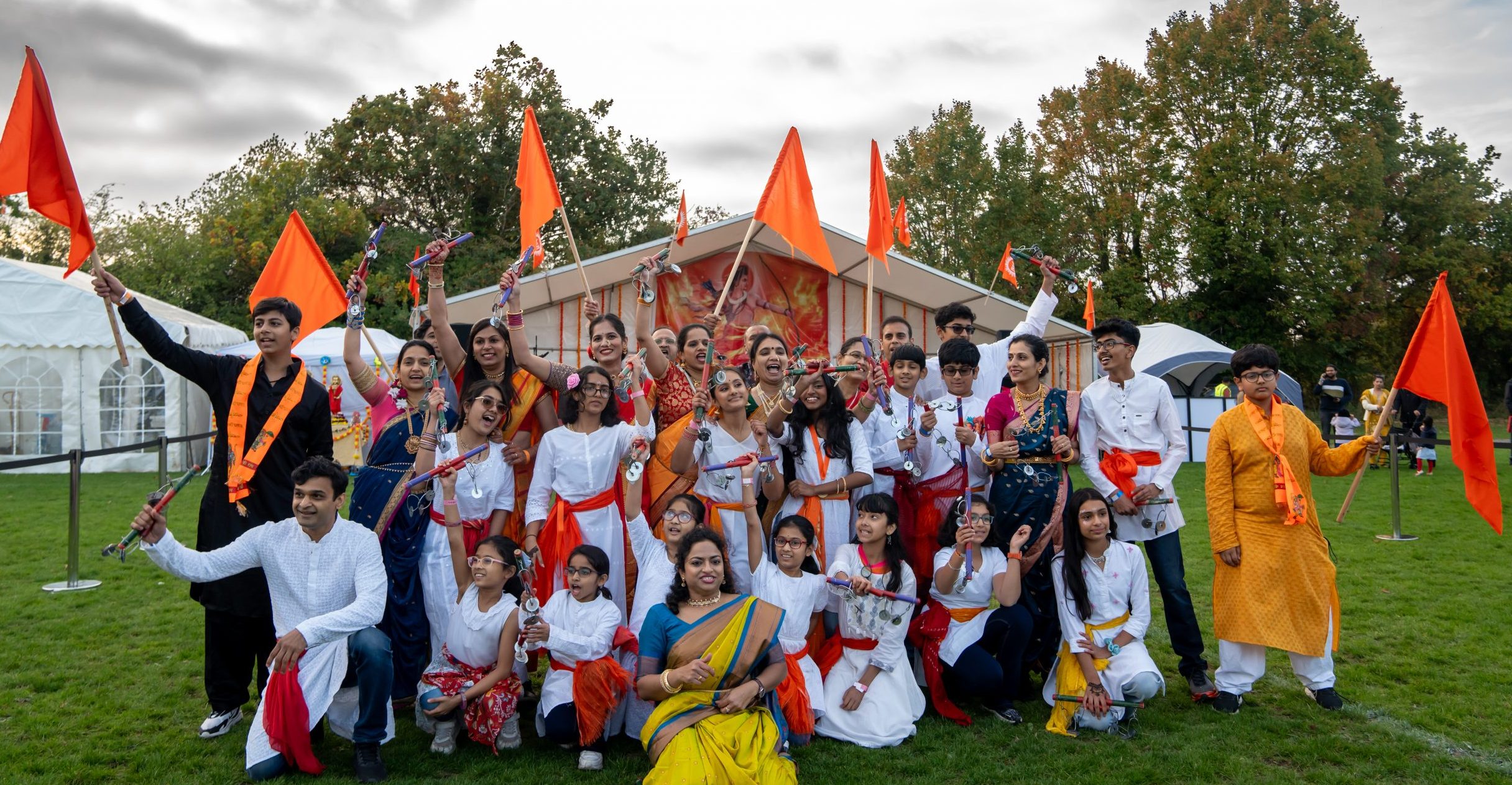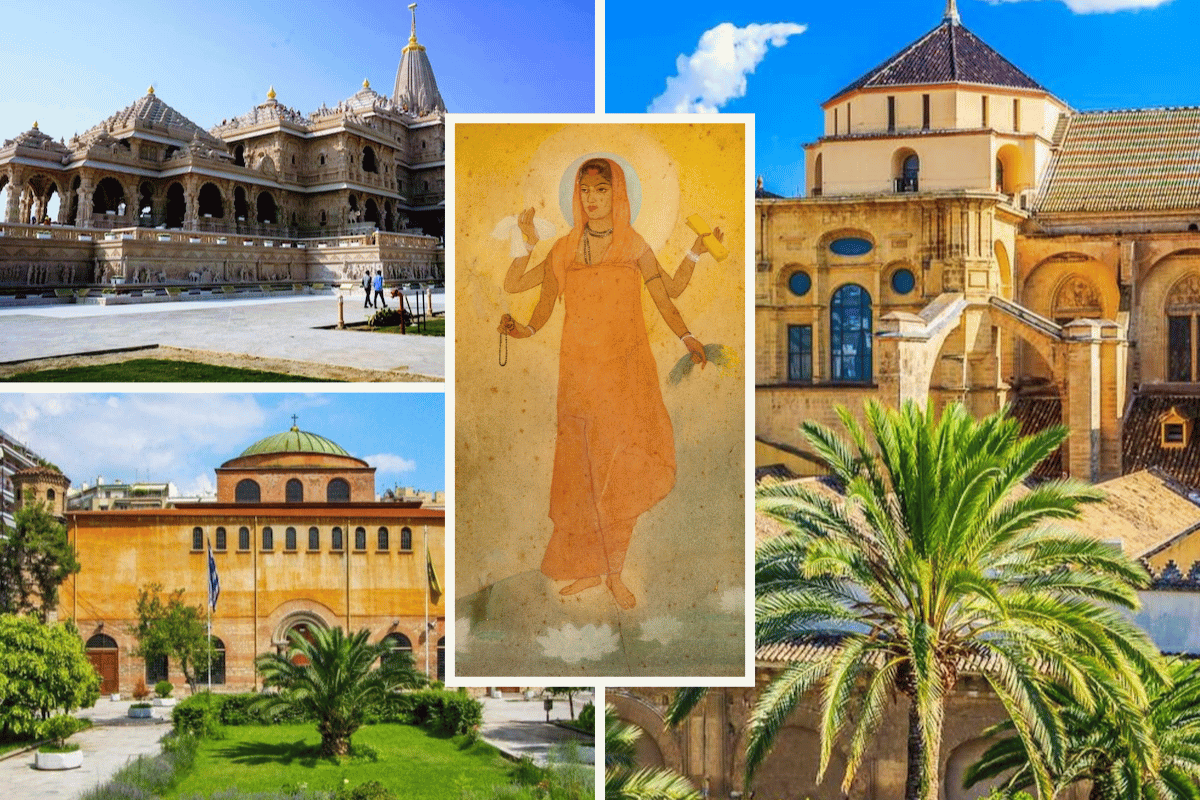
A moment of profound pride for Bhārat (India) as “Garba of Gujarat” has been inscribed in the Representative List of Intangible Cultural Heritage (ICH) of Humanity by UNESCO thus becoming the 15th ICH element from Bhārat to join this prestigious list.

“This inscription underscores Garba’s pivotal role as a unifying force that fosters social and gender inclusivity. Garba as a dance form is entrenched deeply in ritualistic and devotional roots, involving people from all walks of life and it continues to thrive as a vibrant living tradition bringing communities together. The inscription further highlights the commitment and efforts of the Ministry of Culture, Government of India towards the safeguarding, promotion and preservation of our intangible cultural heritage” (Source: Press Information Bureau/GoI).
Garbā is the folk dance of Gujarat performed around the idol of Devī Durgā (Mā Ambe) beside which is placed a perforated clay pot, that encloses a lit diyā (candle). The clay pot symbolises a womb and the light emanating from the jyoti (light), symbolises life growing within. The dance is performed, making a circular movement with hands and legs in a circle formation. The circle symbolises the circle of life, and the circular movement of dancers symbolises the movement from life to death to rebirth. Only Devī Durgā is stagnant, unchanged and much too powerful to be defeated.
Garbā, a tradition symbolising celebration, devotion, gender inclusivity, and social equality, transcends geographical boundaries.
The Garbā is an expression of veneration and worship of the female form of the divine. Through it, the devotees express love and gratitude towards the Devī who fought for us and inspires us to reach out to the energy within, to destroy all evil within and outside us.








